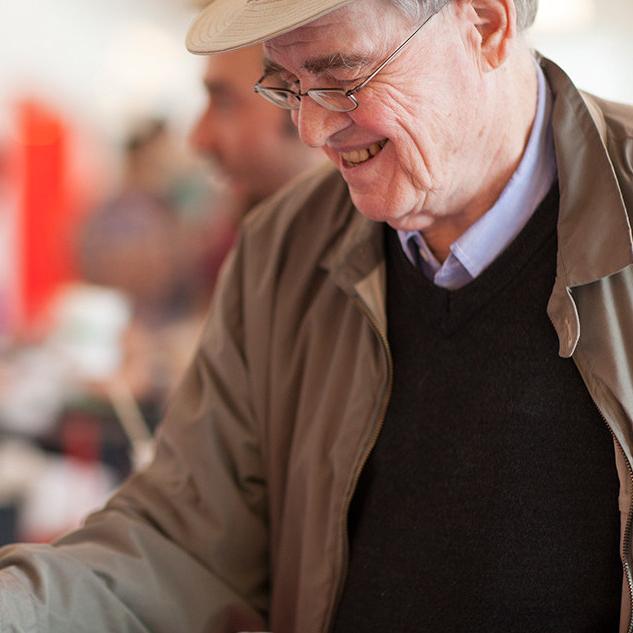
Professor emeritus Howard Howland, expert on eyes, dies at 92
Howard Howland, Ph.D. ’68, a neurophysiologist who studied the eyes of humans and animals, died Oct. 26 in Ithaca. He was 92.
 Department Homepage
Department Homepage

Howard Howland, Ph.D. ’68, a neurophysiologist who studied the eyes of humans and animals, died Oct. 26 in Ithaca. He was 92.
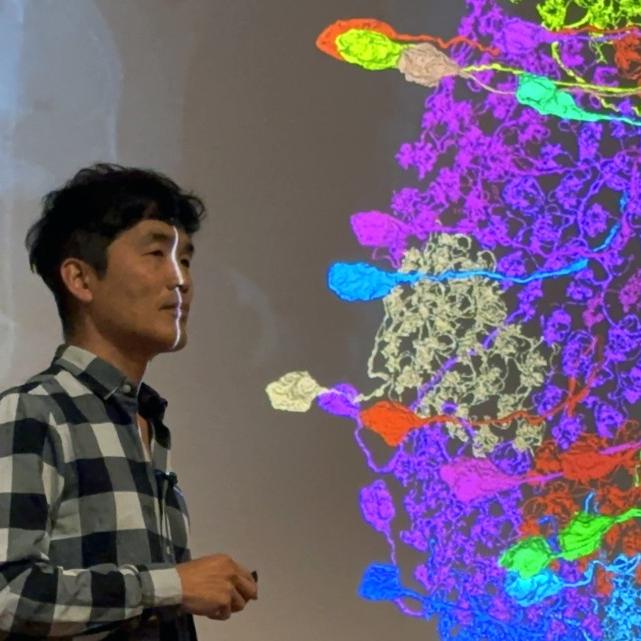

The event was an example of Cornell’s interdisciplinary commitment to advancing the frontiers of neurotechnology.


Cornell researchers and collaborators have developed a neural implant so small that it can rest on a grain of salt, yet it can wirelessly transmit brain activity data in a living animal for more than a year.
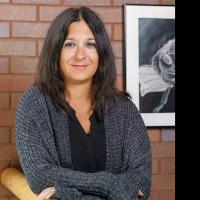
"The brain rarely works alone to control our behavior or physiology. From the rhythm of our heartbeat to the flutter of ‘butterflies’ in our stomach, it is in constant dialogue with our body," quoted by author Nilay Yapici, Associate Professor and Nancy and Peter Meinig Family Investigator and Fellow in the Life Sciences and Fellow from neurobiology and behavior.
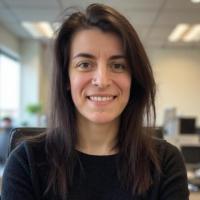
Azahara Oliva has been named one of the 20 new Science and Engineering Fellows for 2025. Read the entire story in Forbes.
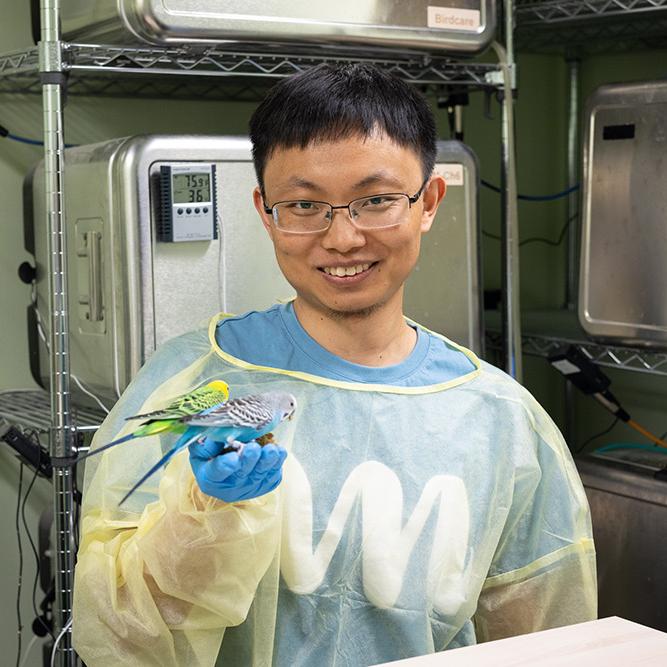
Zhao researches the neural mechanisms of parrot vocalizations in the Goldberg lab.
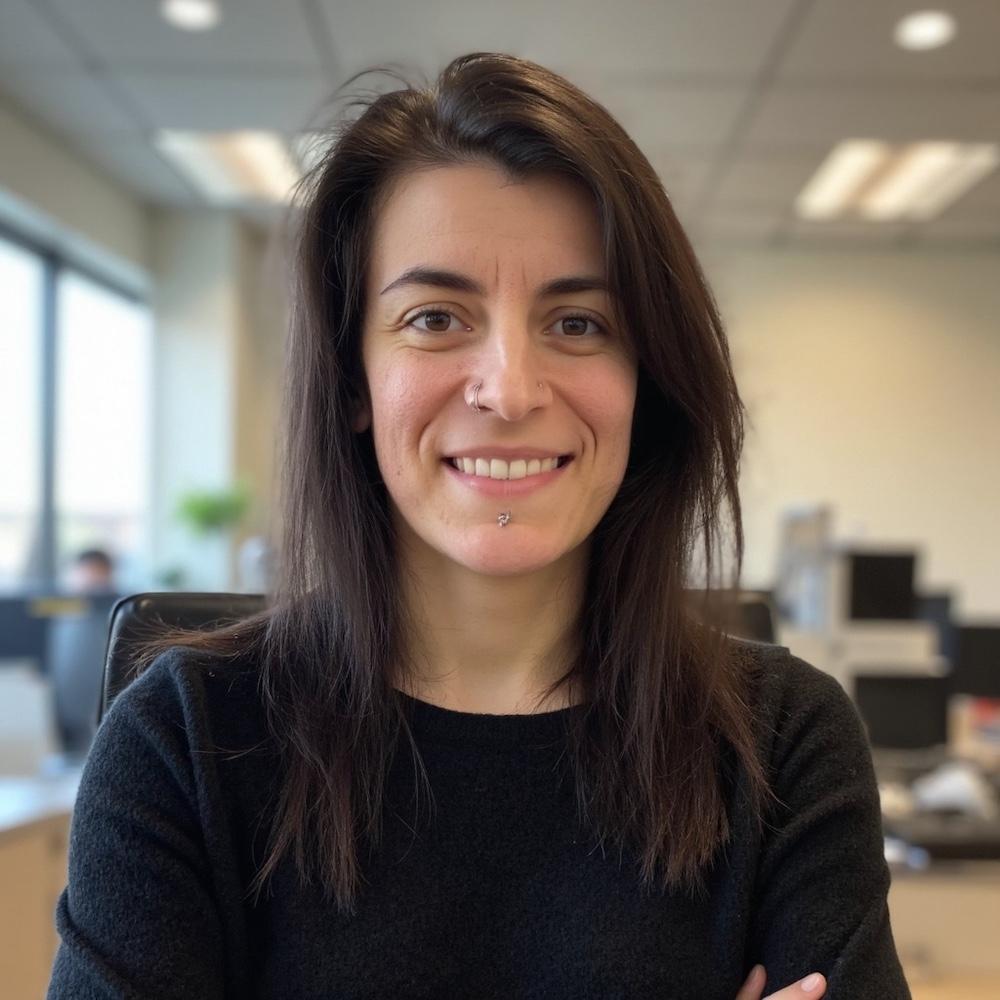
The unrestricted fellowship funds enable Oliva and the 19 other fellows named this year to “test novel ideas and lead research that drives real-world impact.”

Frank Rosentblatt, former associate professor of neurobiology and behavior in the Division of Biological Sciences aided in the creation of one of the early breakthroughs in Artificial Intelligence.
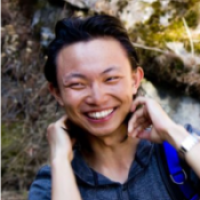
Zhilei Zhao is a recipient of 2025 Fellows to Faculty award.
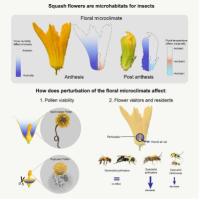
Some plant traits are so unusual that they compel physiological or even behavioral comparisons to animals.
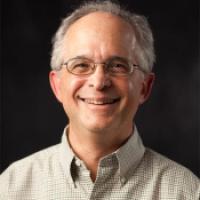
"Musicians have told me it sounds like a - a didgeridoo", quoted by Andrew Bass, Horace White Professor of Neurobiology and Behavior in the neurobiology and behavior department at Cornell University. Andrew Bass is being interviewed on the Little Island in NYC about a fish that sings in the night and one that doesn't.
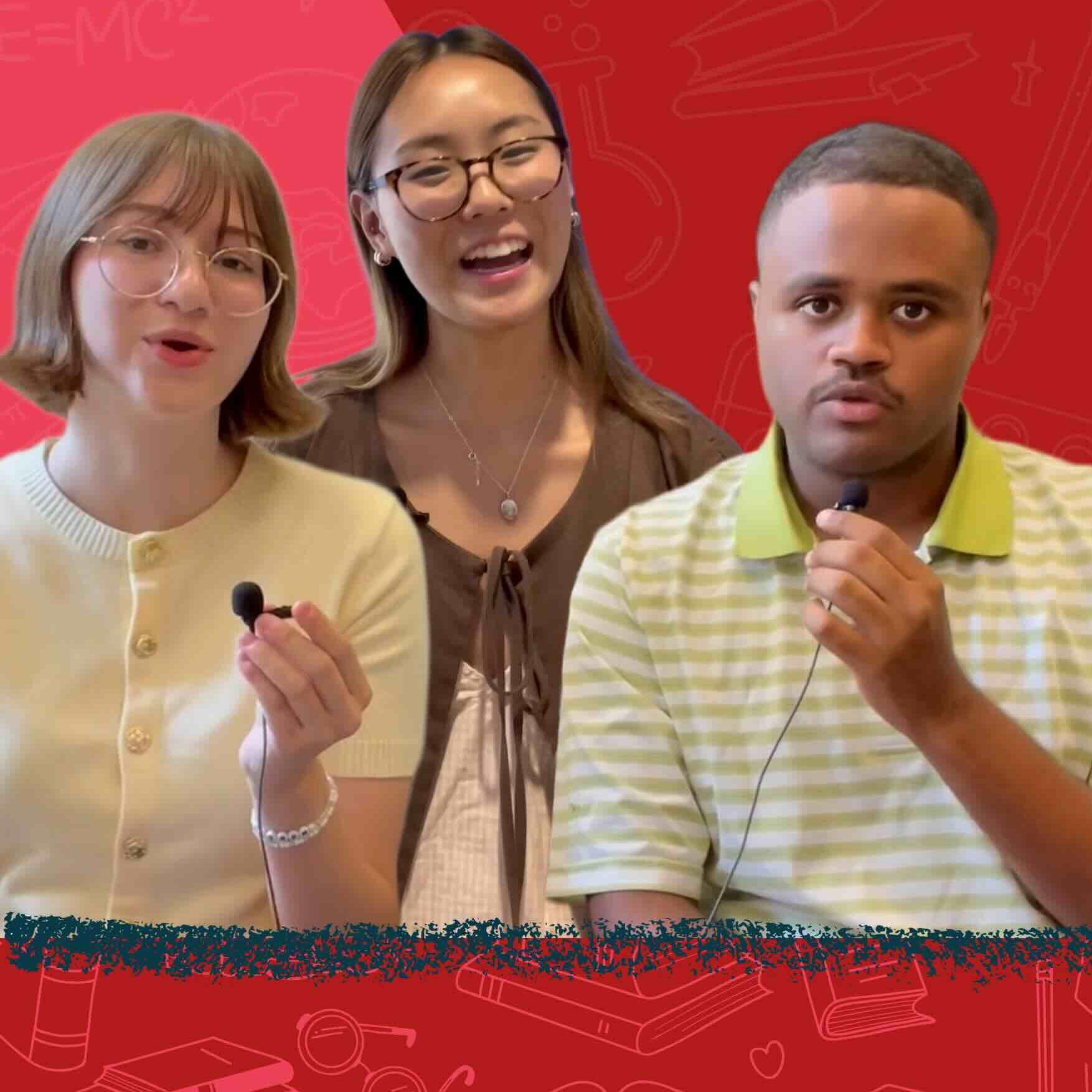
Ten students who participated in this summer's Nexus Scholars Program share their stories..
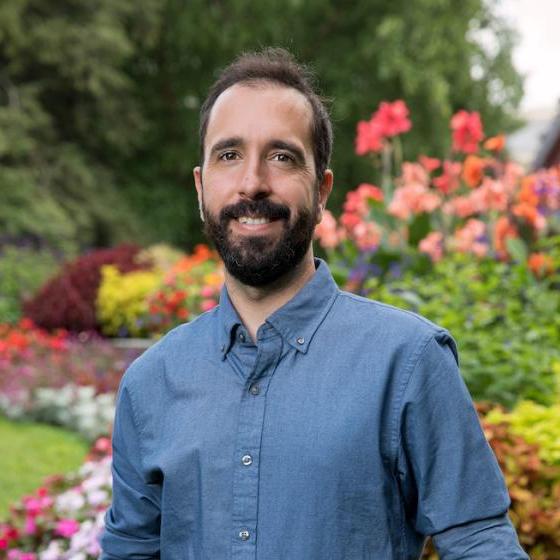
Antonio Fernandez-Ruiz, assistant professor and Nancy and Peter Meinig Family Investigator in the Life Sciences in the Department of Neurobiology and Behavior in the College of Arts and Sciences, has been awarded a biomedical sciences grant from the Pew Charitable Trusts.

Abi Zuber, graduate student of the department of neurobiology and behavior at Cornell University, helps us explore why we should do research on bugs.
.jpg)
The professorships are made possible because of gifts from alumni, parents and friends.
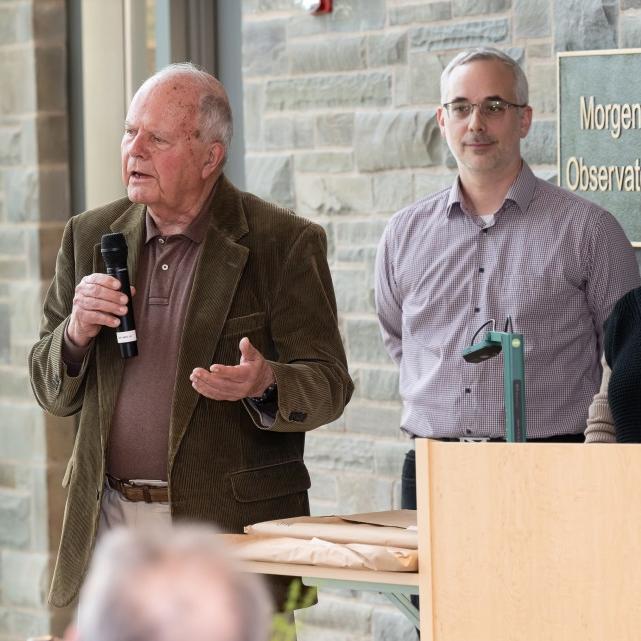

A new $1.5 million gift from philanthropist K. Lisa Yang ’74 has established the Charles Walcott Graduate Research Fellowship in Conservation Bioacoustics to fund graduate research at the Lab of Ornithology.


Robert A. Raguso, Professor in the neurobiology & behavior department has been selected to win the 2024-25 State University of New York (SUNY) Chancellor's Awards for Excellence.


Awardees were recognized for the significant impacts they have made to advance access, engagement and belonging through their service and leadership.

This month’s featured titles – most by A&S authors – include a work of nonfiction about honeybees, a kids’ picture book, and a novel set in rural Nova Scotia.

“This project sits at the cross-roads of neuroscience, ethology and artificial intelligence."
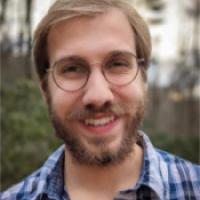
Luck can change life later on. “We wanted to know,” Matthew Zipple, a Postdoctoral Associate in the Sheehan Lab in the neurobiology and behavior department at Cornell University told NPR, “if we create a society where everyone starts out with the same genetics, has access to the same resources in the same environment… do we see that inequality developing?”
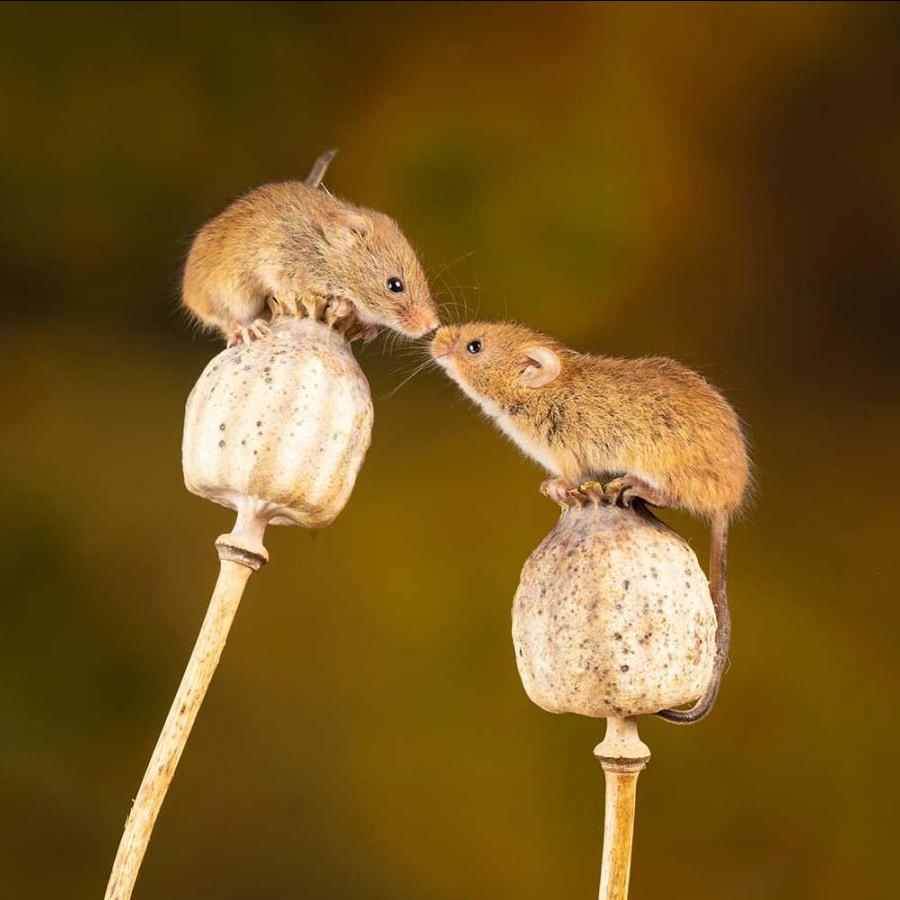
Cornell scientists have identified the neural pathway mice use to direct the tongue to tactile targets.
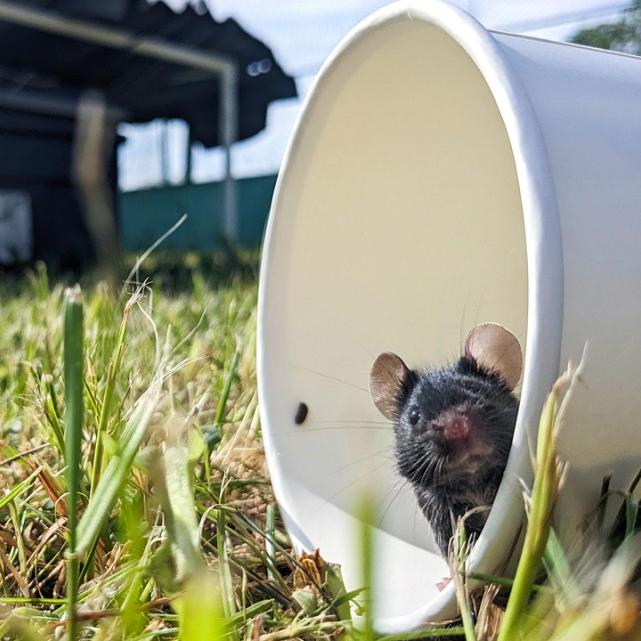

Lucky breaks in a male mouse’s youth can lead to large advantages in adulthood, especially in groups that compete for food, territory and mates.
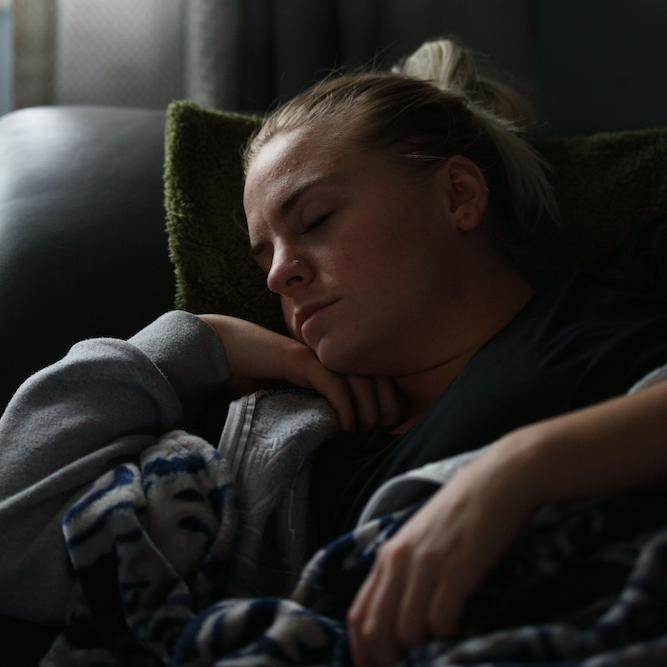

The eyes may be the window to the soul, but the pupil is key to understanding how, and when, the brain forms strong, long-lasting memories, Cornell researchers have found.
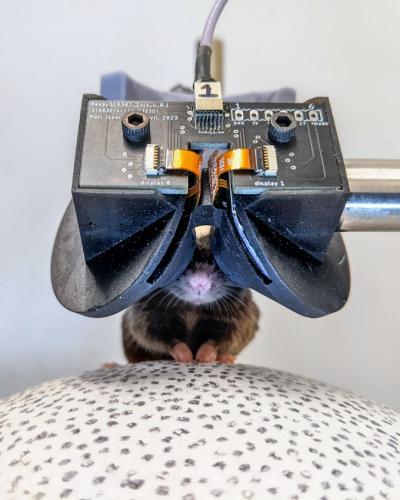

Thanks to their genetic makeup, their ability to navigate mazes and their willingness to work for cheese, mice have long been a go-to model for behavioral and neurological studies.
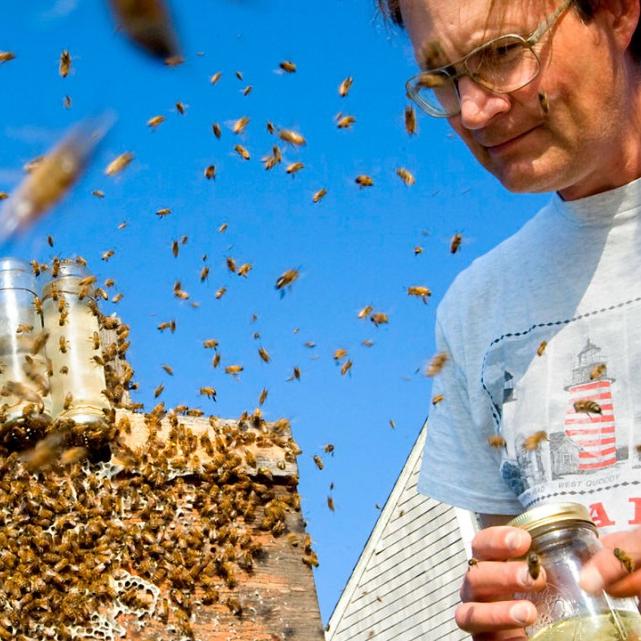
"The take-home message from my book is that these small creatures are extremely intelligent. They may well be the most intelligent of all the insects."
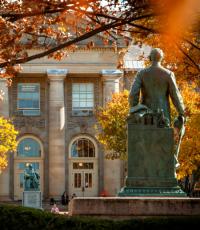
Our brain cells remain active while we sleep, allowing for new memories to form. Azahara Oliva, assistant professor of the Neurobiology and Behavior Department at Cornell University is quoted, “This means that memory is a two-fold process, with neural circuits that enhance the consolidation of a given experience and neural circuits that control that this consolidation doesn’t go over a healthy limit”
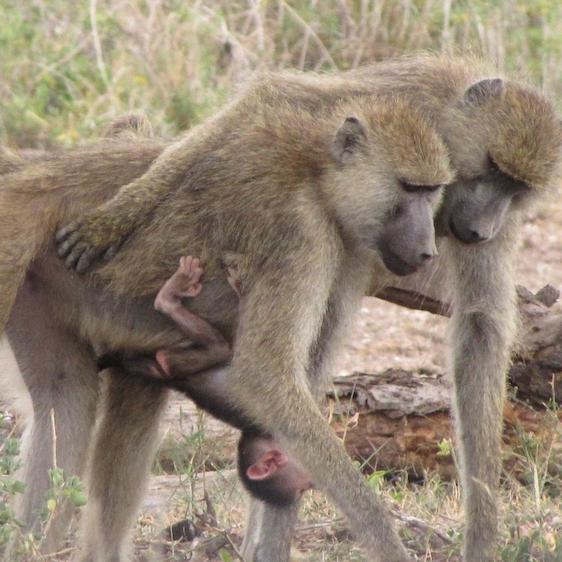
An interdisciplinary group of animal behavior researchers from the fields of biology, psychology, anthropology and philosophy were included in the survey. Klarman Fellow Matthew Zipple is first author.
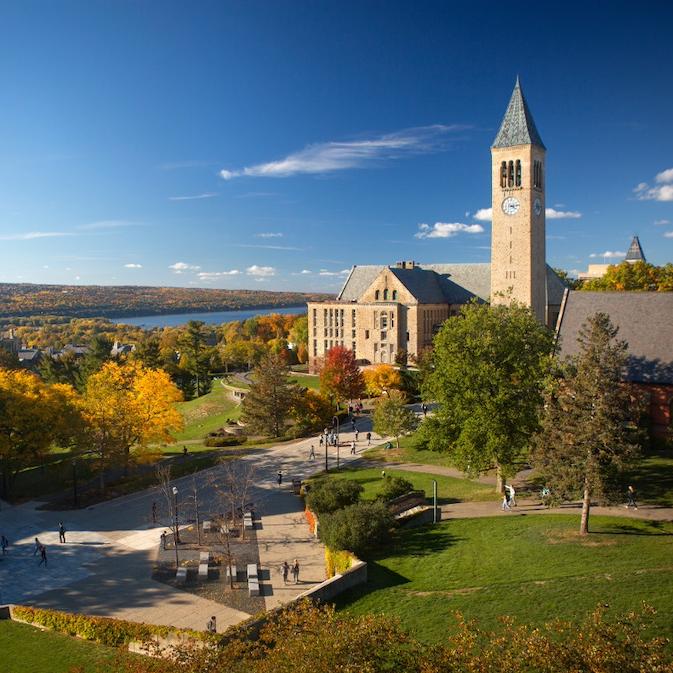

Eleven teaching faculty from across the university have been awarded Cornell’s highest honors for graduate and undergraduate teaching, Interim President Michael I. Kotlikoff announced Oct. 22.
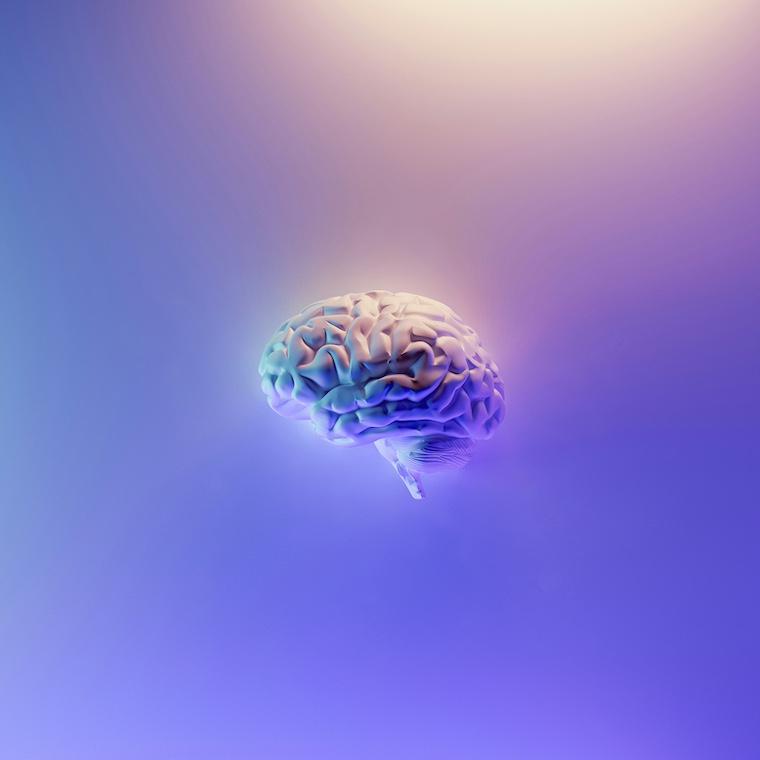

A classic psychedelic was found to activate a cell type in the brain of mice and rats that silences other neighboring neurons, providing insight into how such drugs reduce anxiety.
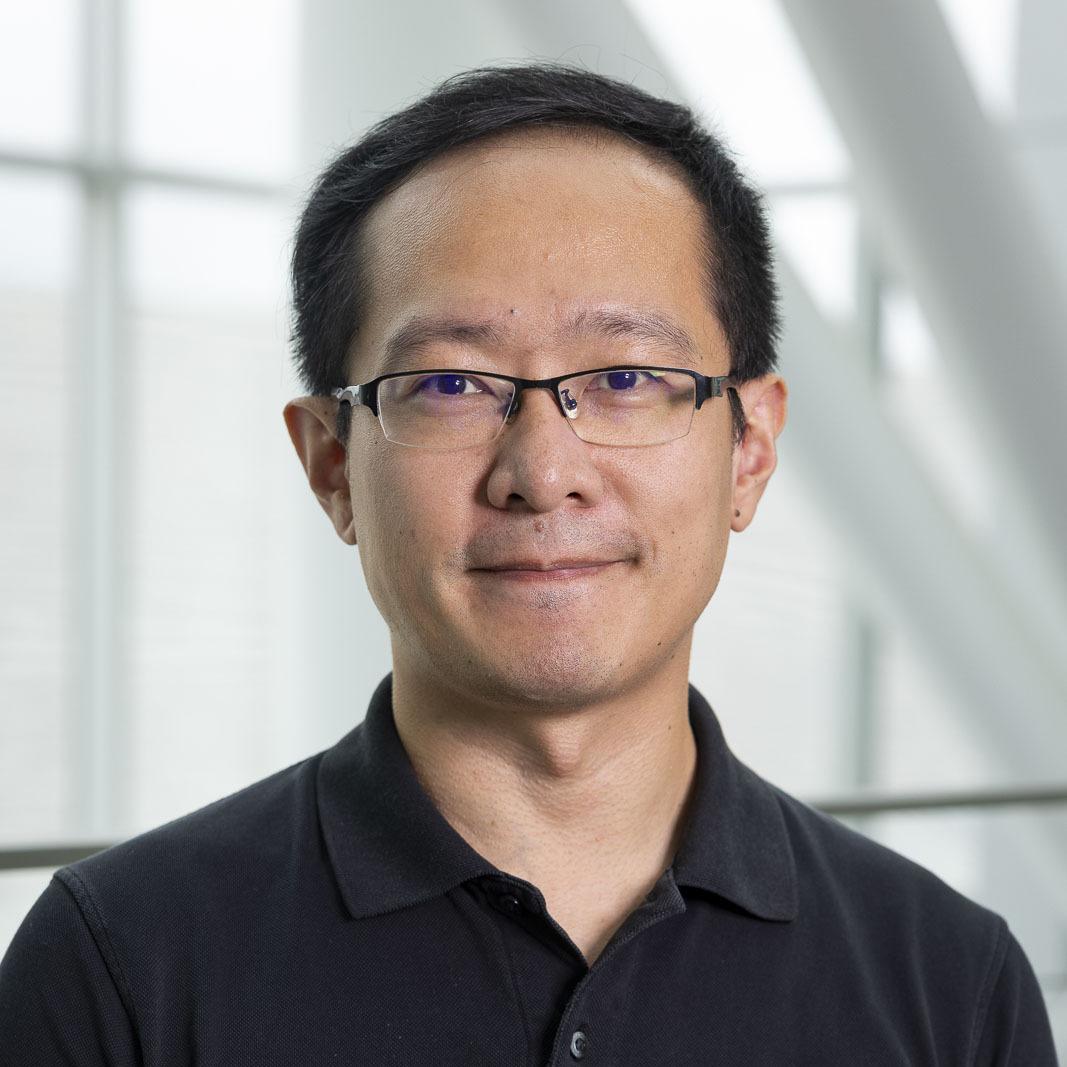
Weinan Sun, Neurobiology and Behavior

"Cornell alumni are generous with their time and efforts to assist students, to answer questions from students, or connect them to people and places."
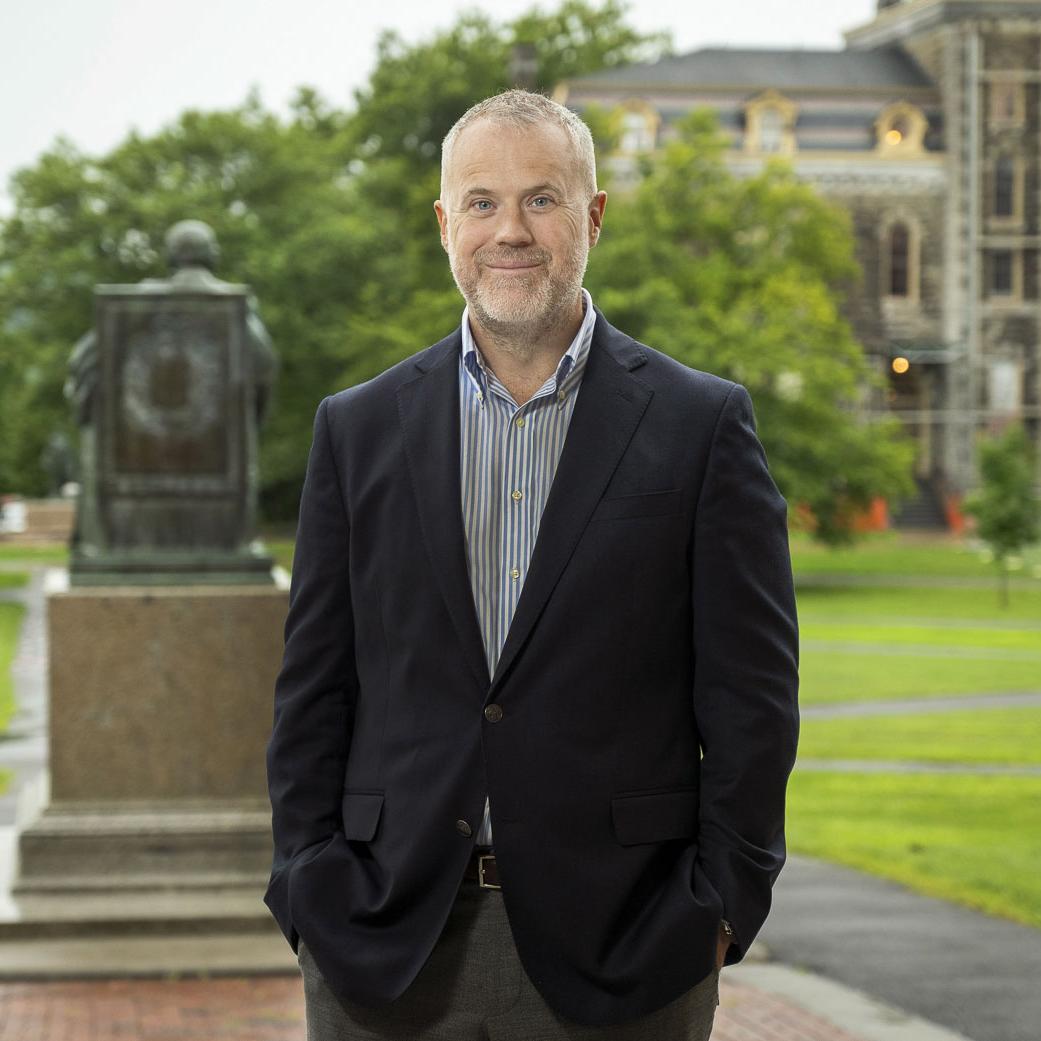
Peter John Loewen says he's excited to support faculty in their research, meet students and showcase the value of a liberal arts education.


The study answers how people can keep learning new things for a lifetime without using up all of their neurons.


NBB has a room called the Rosenblatt room, named after Frank Rosenblatt. You can read about Frank Rosenblatt in the Cornell Chronicle.

The authors of the paper, “Maternal Care Leads to the Evolution of Long, Slow Lives,” published in the Proceedings of the National Academy of Sciences on June 14, 2024 are worried the paper may be taken out of context in what a mother's care means. "Humans are a primate and we live much longer lives than is expected based on our body size, even compared to other primates. We also show a very long period of intense connection between mother and child that is unusual among animals," lead author Matthew Zipple, postdoctoral fellow in neurobiology and behaviour in the College of Arts and Sciences at Cornell University. Read the story in the CBC News.
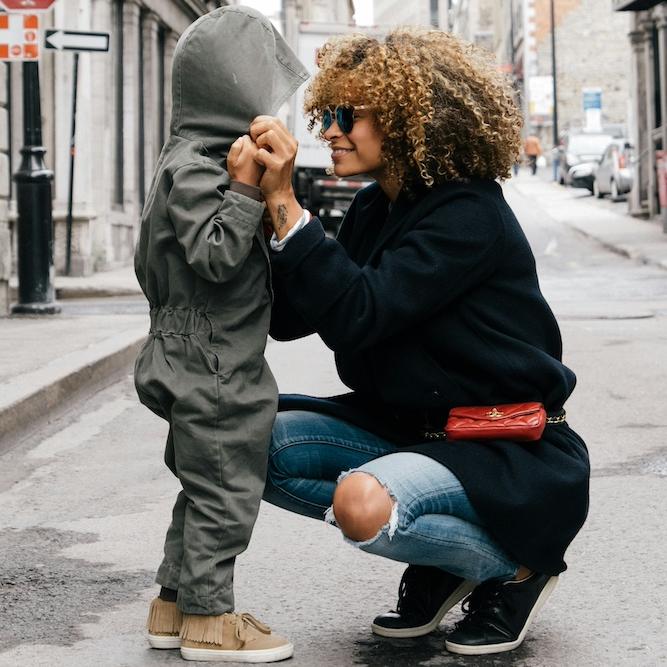

The relationship between mother and child offers clues to the mystery of why humans live longer lives than expected for their size – and sheds new light on what it means to be human.
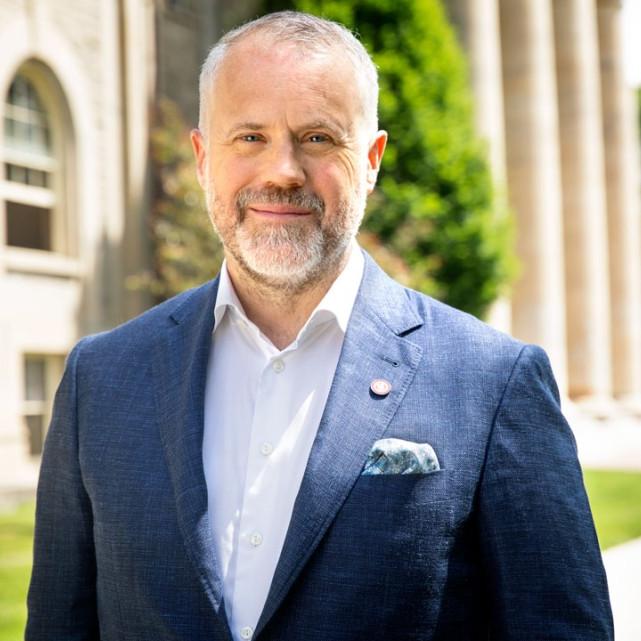

Coming from the University of Toronto, where he was the director of the Munk School of Global Affairs and Public Policy, Loewen began his five-year appointment as the Harold Tanner Dean of the College of Arts and Sciences Aug. 1.

The dramatic decline in childhood mortality during the 20th century has added a full year to women’s lives, according to a new study.
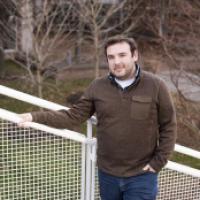
BioNB 1100 - Natural History of the Magic Kingdom: Understanding Animal Behavior through Animated Films taught by Michael Sheehan, an associate professor of neurobiology and behavior, Nancy and Peter Meinig Family Investigator in the Life Sciences has become a popular class. "This class is really about how we choose to portray ourselves, as acted out by animals", per Professor Michael Sheehan.
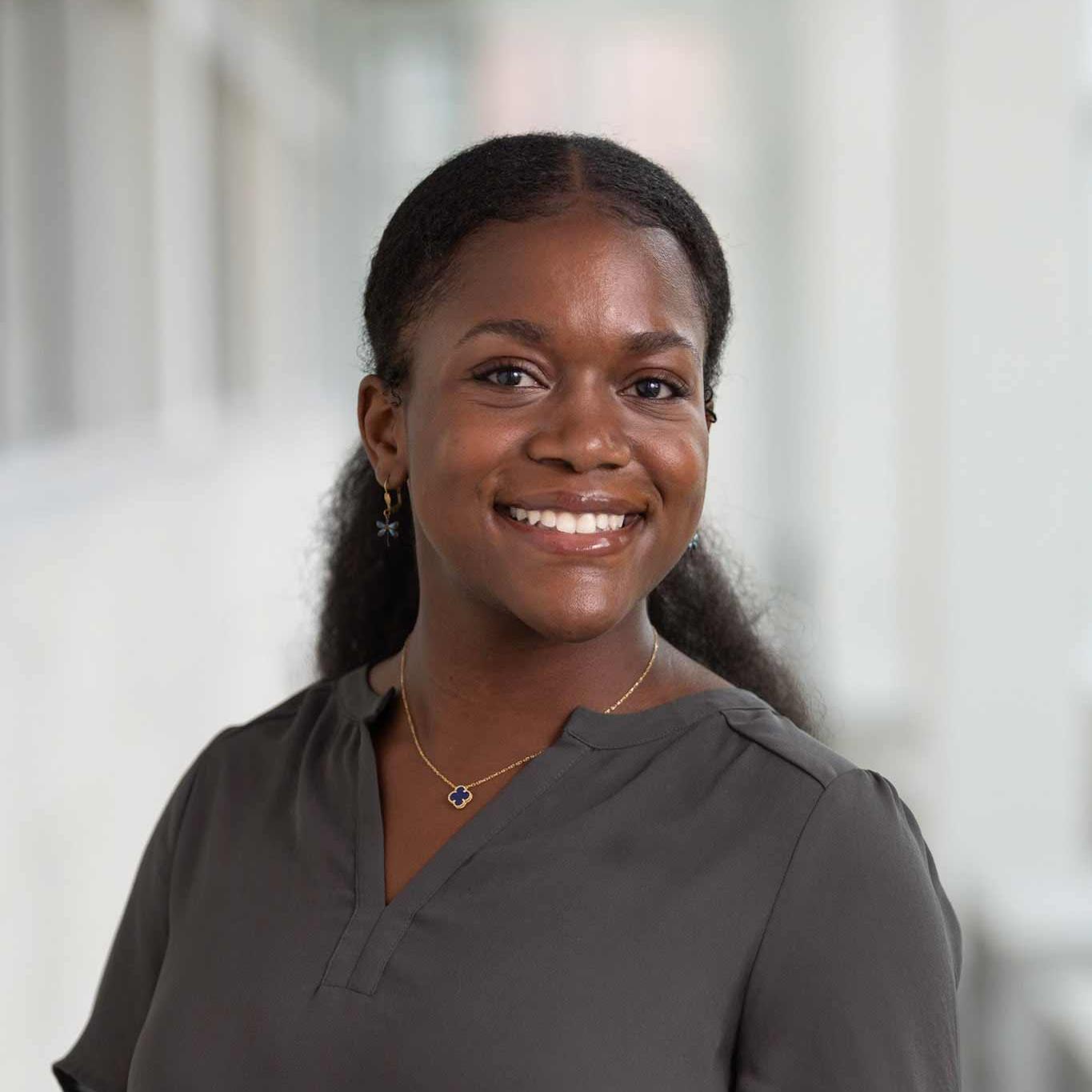
Precious Oyewole is a biological sciences major.

Greater understanding of beneficial characteristics of the human brain, such as flexibility and reliability, will help Wenbo Tang develop therapies for human diseases – and improve AI systems.
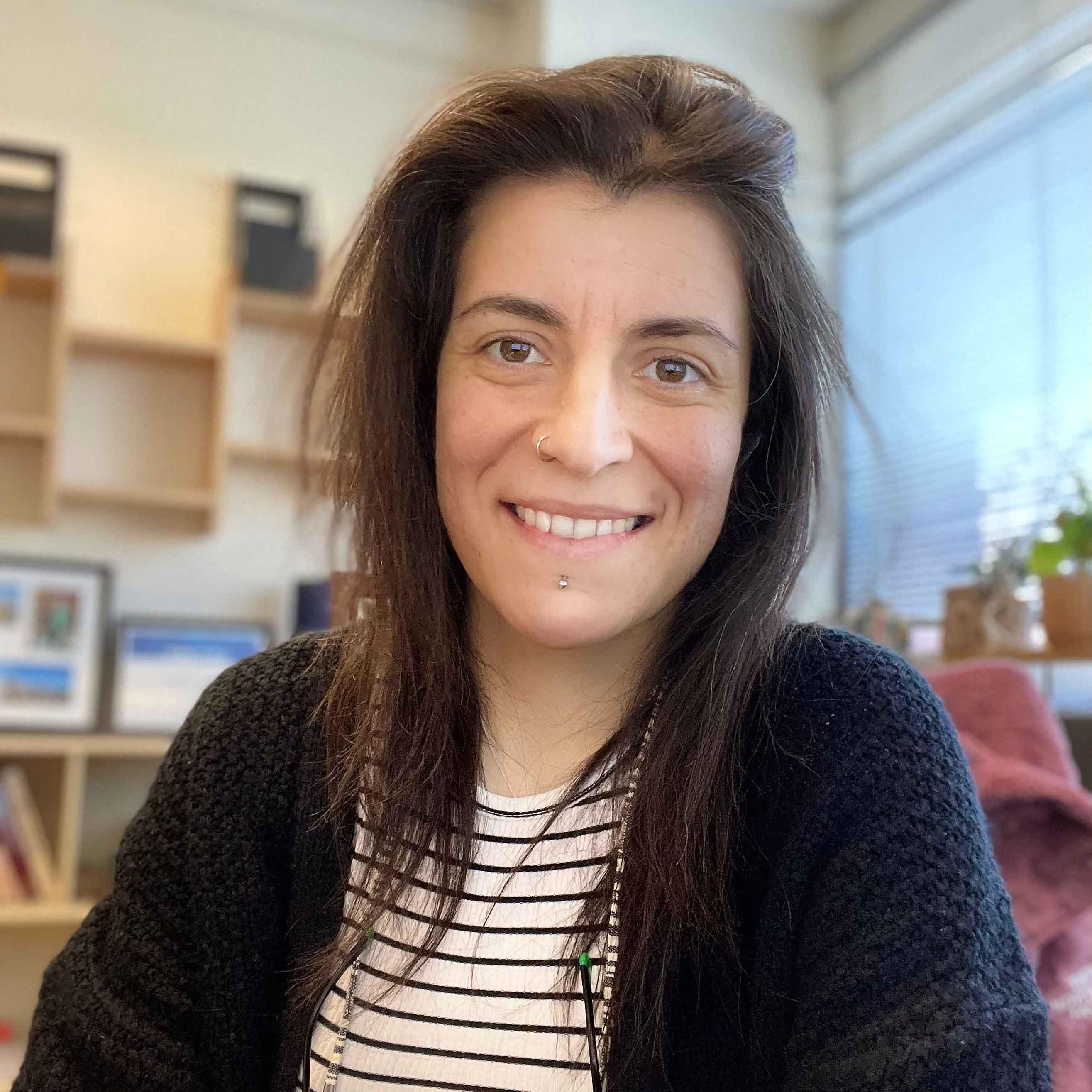
The award aims to “create a self-perpetuating cohort of talent that can encourage others to enter science and reach senior leadership roles.”
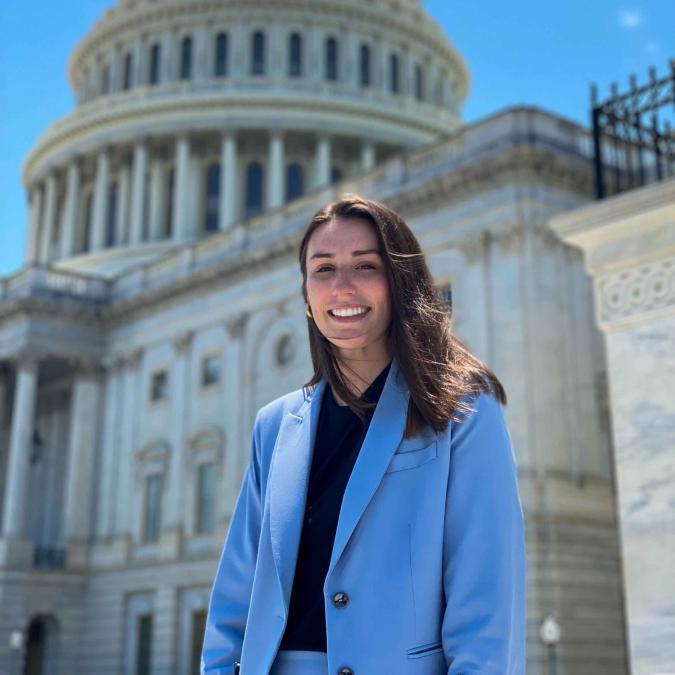
The grants provide funding for students in unpaid or low-paying summer experiences to offset the cost of taking on those positions.


Mark Sarvary, Ph.D. ’06, found that when life began returning to a “new normal” after three online semesters during the COVID pandemic, students’ expectations regarding assignment flexibility had changed.

The prize aims to “change the paradigm of neuroscience research by creating a community of next-frontier thinkers who can uncover a deeper understanding of the brain and cognition.”
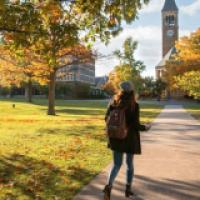
Faculty and staff from across Cornell University’s College of Agriculture and Life Sciences (Cornell CALS) came together on March 4 to honor 30 awardees at the inaugural CALS Faculty and Staff Awards, held in the Statler Ballroom.
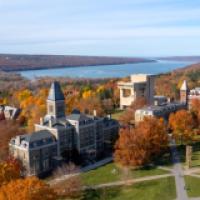

The College of Arts & Sciences is preparing for Giving Day on Thursday, March 14 and we hope the whole Cornell community can join in to support the work and growth of our students and faculty.
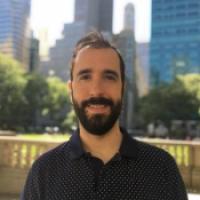

The blank slate theory for newborn brains is being challenged. Antonio Fernandez-Ruiz, Nancy and Peter Meinig Family Investigator in the Life Sciences, Assistant Professor of neurobiology and behavior at Cornell University is quoted as saying "Dragoi's paper starts by describing how there has been a paradigm shift in recent years in the study of how the brain represents the external world.'
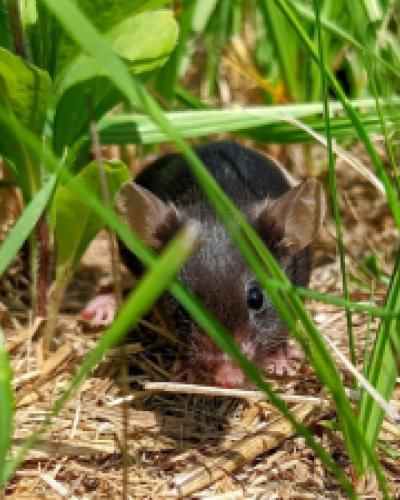

When you take the lab away, female mice are more likely to play, according to a new Cornell study. The study, published Feb. 14 in the journal BMC Biology, took lab mice and placed them in large outdoor enclosures. The researchers found that male behavior was essentially the same as genetically wild mice, but females displayed radically different behaviors. It’s the first study to examine social behavior of lab mice in large outdoor enclosures.